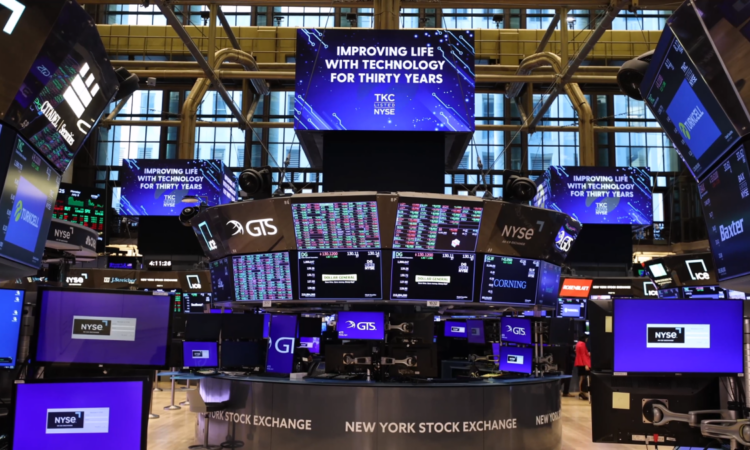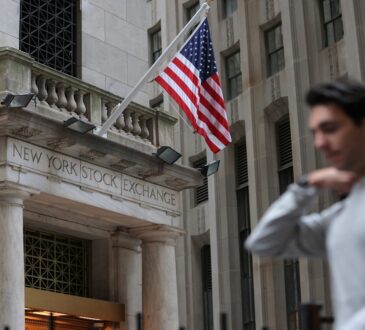
Wall Street is retreating from its record as a slide for Walmart weighs on U.S. stock indexes Thursday.
The S&P 500 was down 0.6% in morning trading after setting all-time highs in each of the last two days. The Dow Jones Industrial Average was down 439 points, or 1%, as of 10:30 a.m. Eastern time, and the Nasdaq composite was 0.7% lower.
Walmart helped drive the market lower after falling 6.2%, even though the retailer reported stronger profit for the latest quarter than analysts expected. The Bentonville, Arkansas-based giant gave a forecast for upcoming profit that fell short of analysts’ expectations as shoppers across the country deal with still-high inflation and the threat of tariffs from President Donald Trump.
The weaker-than-expected forecast helped pull stocks lower across the retail industry. Costco fell 2.1%, Target slipped 1.2% and Amazon lost 1.3%.
Palantir Technologies was another heavy weight on the market. It fell 10% to follow its 10.1% drop from the day before, after U.S. Defense Secretary Pete Hegseth said he wants to cut $50 billion in spending next year. The software company got 55% of its $2.9 billion in revenue last year from government customers.
They helped offset an 8.5% jump for Baxter International, which reported better profit for the latest quarter than analysts expected. It credited strength for its pharmaceuticals business, as well as for its medical products and therapies.
Burger chain Shake Shack leaped 11.8% after likewise reporting a stronger profit than expected. CEO Rob Lynch said sales trends remained solid during the quarter, even though bad weather around the country and wildfires in the Los Angeles area kept some customers away.
Chinese e-commerce giant Alibaba saw its stock that trades in the United States climb 10.7% after reporting stronger profit for the latest quarter than analysts expected.
In the bond market, Treasury yields pulled lower after a report showed more U.S. workers applied for unemployment benefits last week than economists expected. It’s an indication the pace of layoffs could be worsening, but the number still remains relatively low compared with history.
A separate report said growth for manufacturing in the mid-Atlantic region is still growing, but not as strongly as economists expected.
Such numbers are likely to keep the Federal Reserve on hold when it comes to interest rates. Last month, the Fed refrained from cutting its main interest rate for the first time at a policy meeting since it began doing so in September.
While lower rates can help boost the economy and prices for investments, they can give inflation more fuel. And Fed officials were discussing at their last meeting how Trump’s proposed tariffs and mass deportations of migrants, as well as strong consumer spending, could push inflation higher this year.
The yield on the 10-year Treasury fell to 4.50% from 4.54% late Wednesday. The yield on the two-year Treasury, which more closely tracks expectations for upcoming Fed moves, didn’t fall as much. It eased to 4.25% from 4.27% late Wednesday.
In stock markets abroad, indexes were mixed in Europe after falling across much of Asia.
Hong Kong’s Hang Seng fell 1.6% after China left its benchmark interest rate unchanged, in a move it said was meant to maintain financial stability. Stocks in Shanghai edged down by less than 0.1%.

